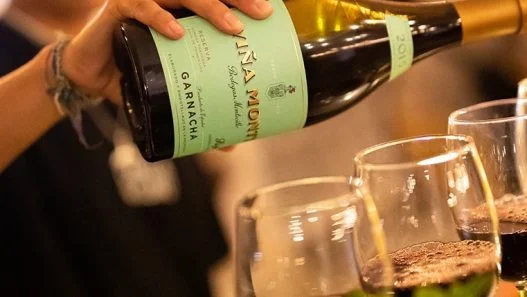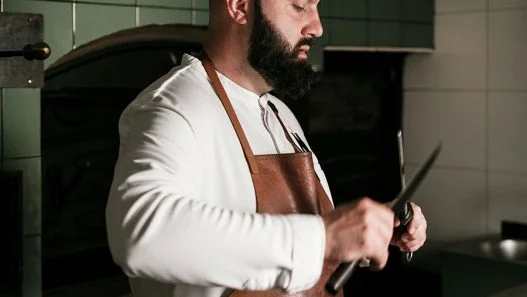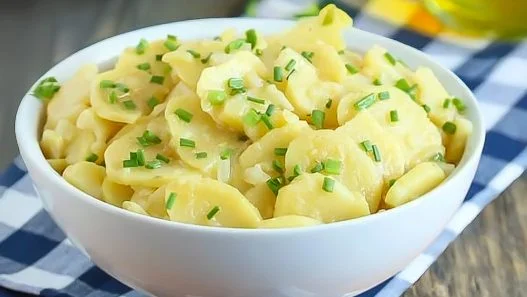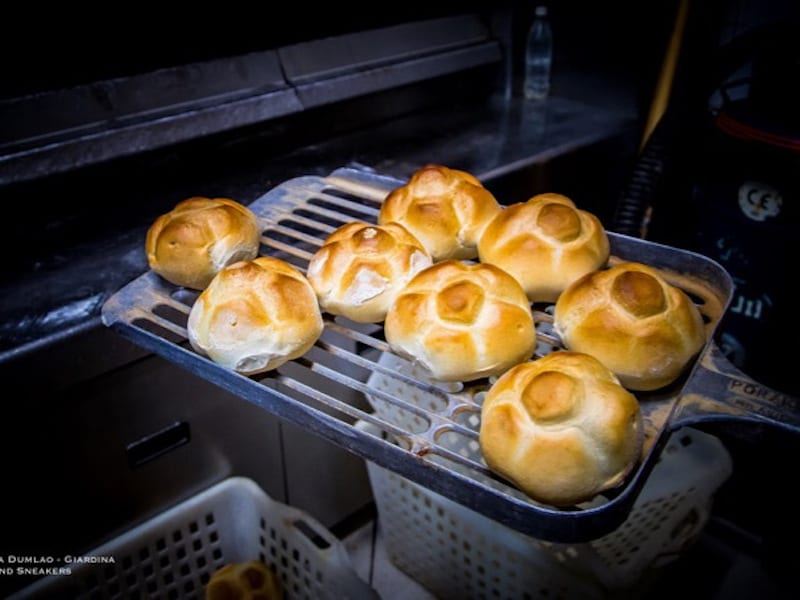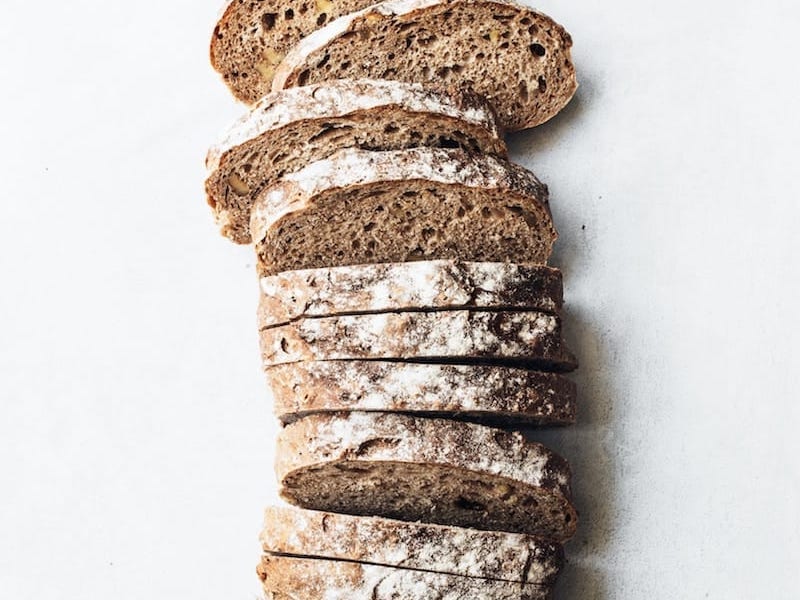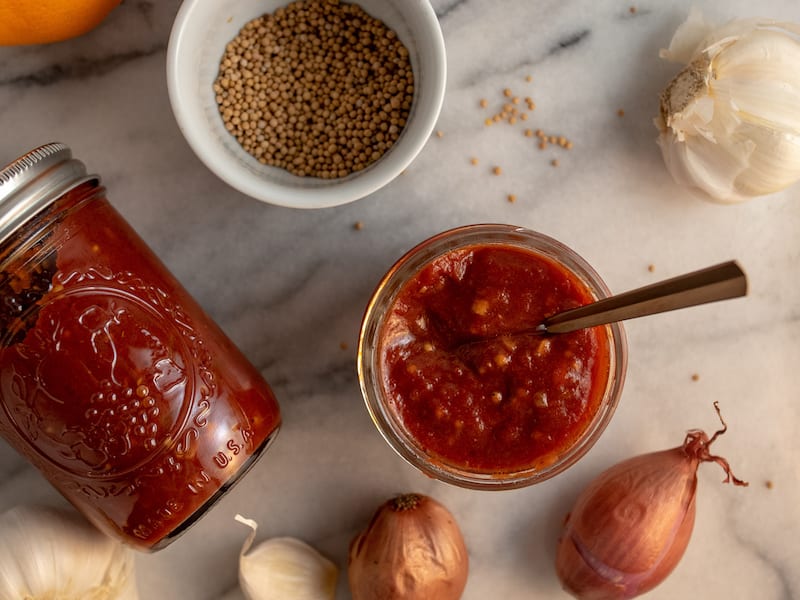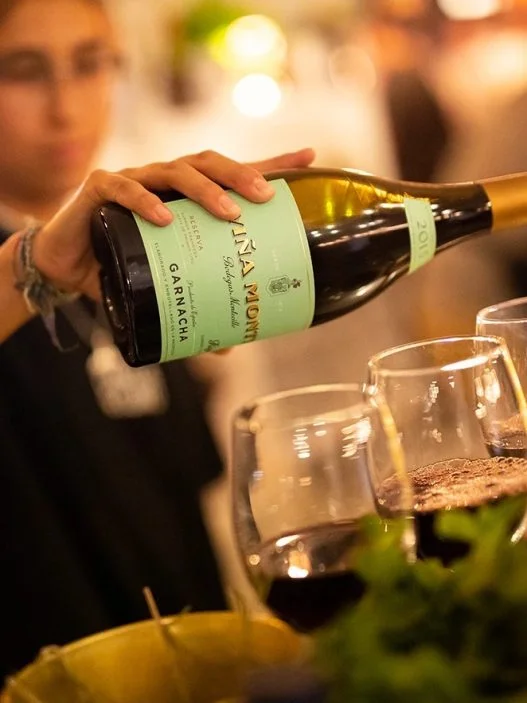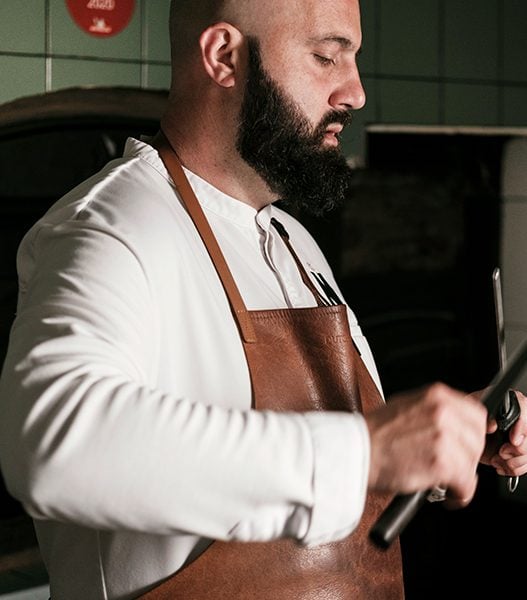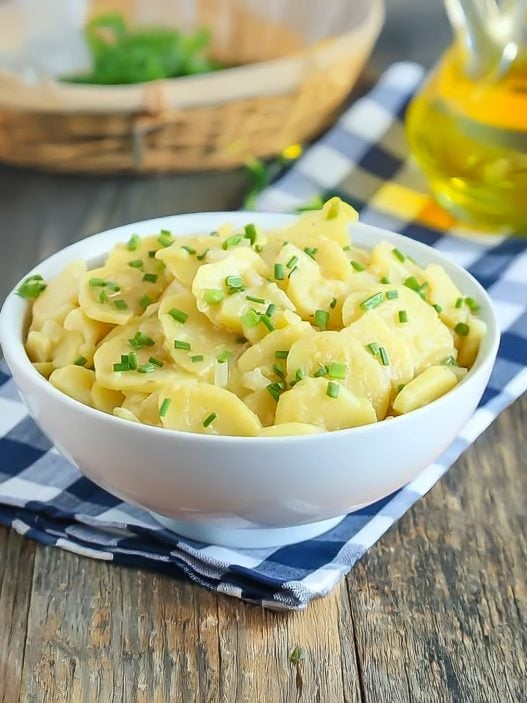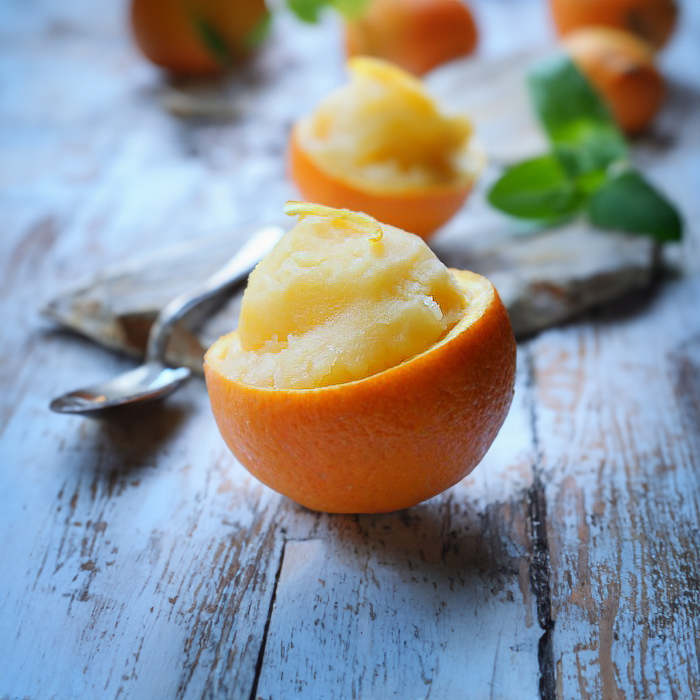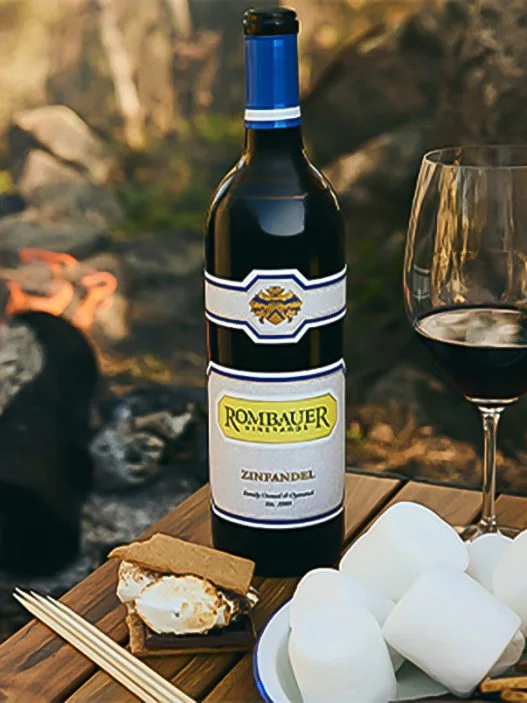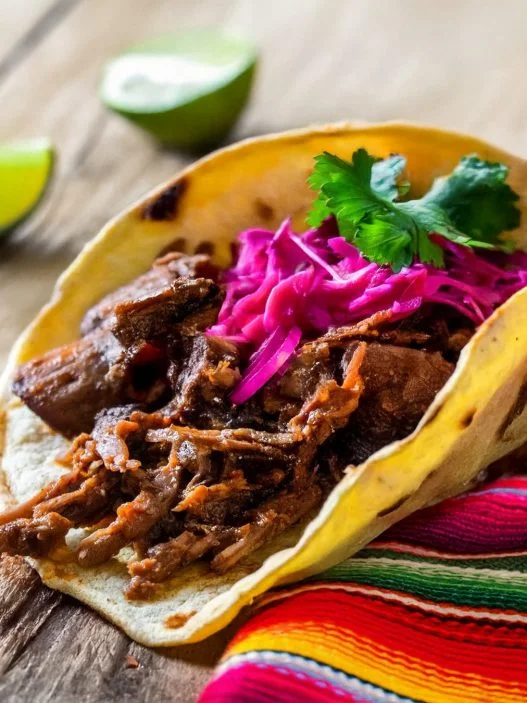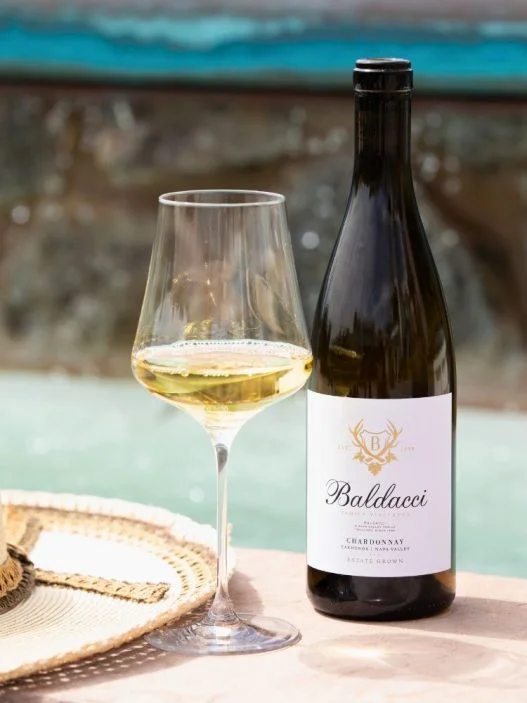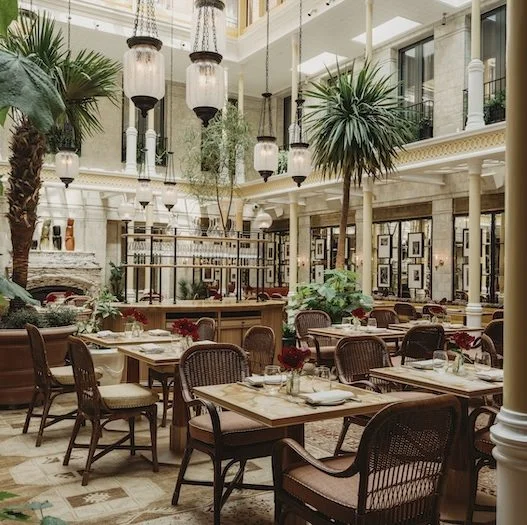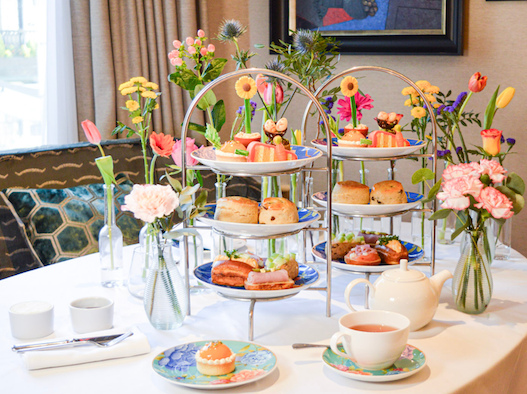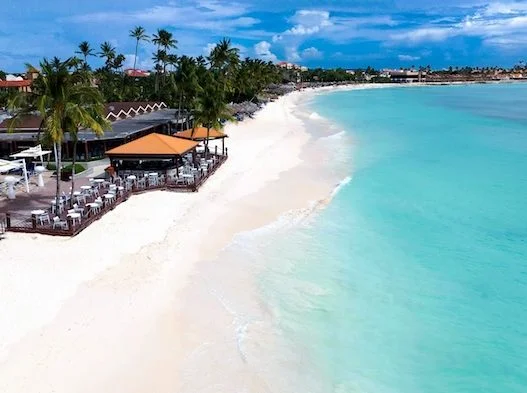In one corner of Tuscany in the north, sandwiched between Pistoia and Florence and surrounded by the Calvana mountains, there is a small city enclosed by 14th century walls called Prato. It is a culinary gold mine.
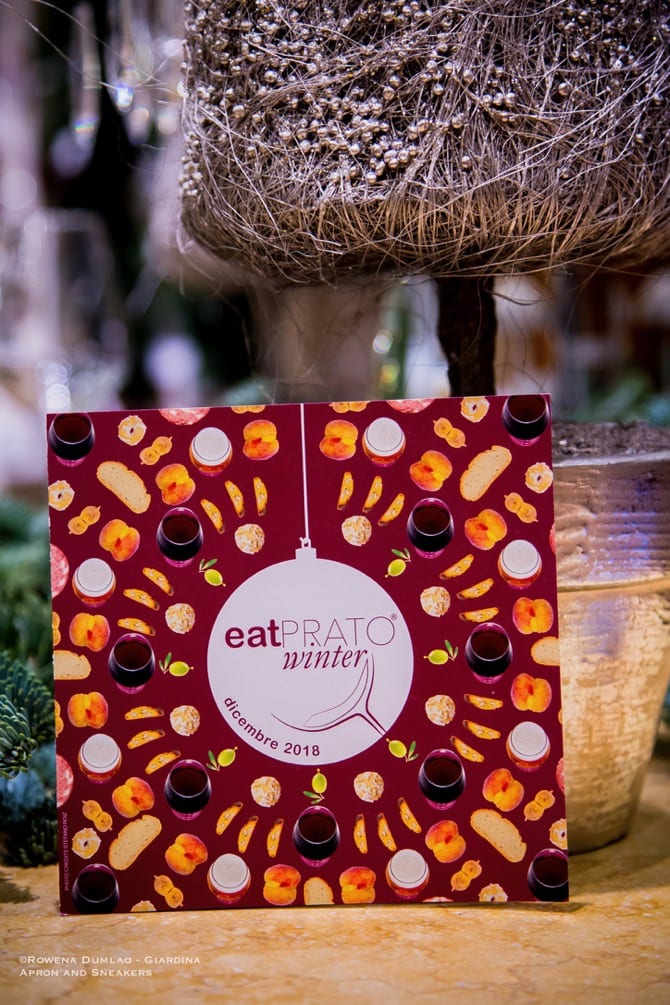
Stretching from the Apennines to the Tyrrhenian Sea with 23,000 square kilometers of land area in Central Italy, Tuscany is dotted with so many historical Medieval walled villages, castles, churches and abbeys amidst its picturesque landscape of soft rolling green hills with neatly combed rows of vineyards and orchards.
Aside from what nature has bestowed the region and what the ancient population has constructed, it has an important gastronomy that is strongly linked to its history and culture. What the old peasants put together and lay on their tables or what the noble people indulged on have gone through a long string of passage from generations to generations until they reached us to linger in our palates in modern times.
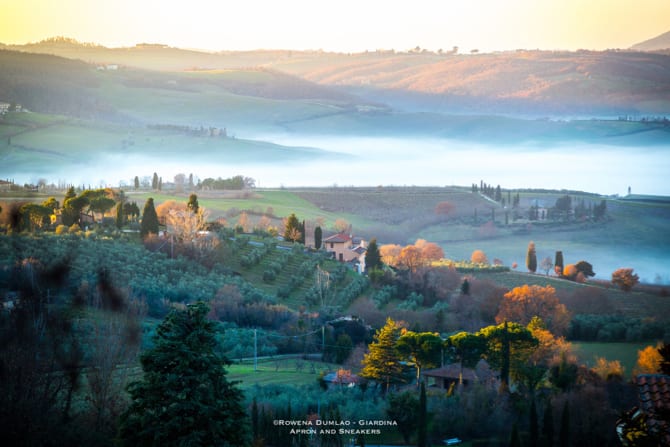
In one corner of Tuscany in the north, sandwiched between Pistoia and Florence and surrounded by the Calvana mountains, there is a small city enclosed by 14th century walls called Prato.
It is one of the lesser-knowns in the region but nonetheless robust in its own art, history, culture and gastronomy that has its own share of important contributions to the country like the Biscotti of Prato or more popularly known as Cantucci which originated there from the beginning of the 18th century. There are also the Pesche del Prato from the 19th century which resemble peaches with the external reddish tint.
At the third edition of Eat Prato Winter in December (there is also Eat Prato in summer), a gastronomic event that the City of Prato organizes annually since 2016 wherein over 60 pastry shops, bakeries, artisan confectionery shops got together in highlighting what Prato has historically spotlighted in the past centuries.
Prato is dubbed as the Italian Sweet Valley because of its excellent generations of pastry chefs, artisan confectioners and master chocolatiers.
Along with the Strada dei Vini di Carmignano (Road of Wines of Carmignano), one of the important Italian wine denominations located in the area of Prato and Sapori dei Tipici Pratesi (Typical Flavors of Prato), Eat Prato Winter took on a successful road to a wider scope in showcasing some of area’s wines and food products.
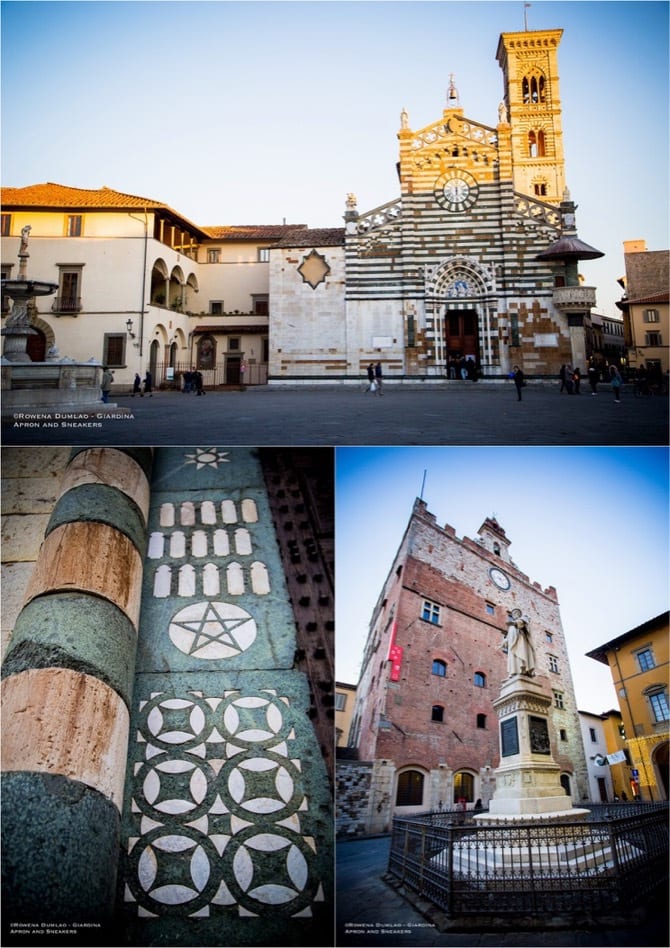
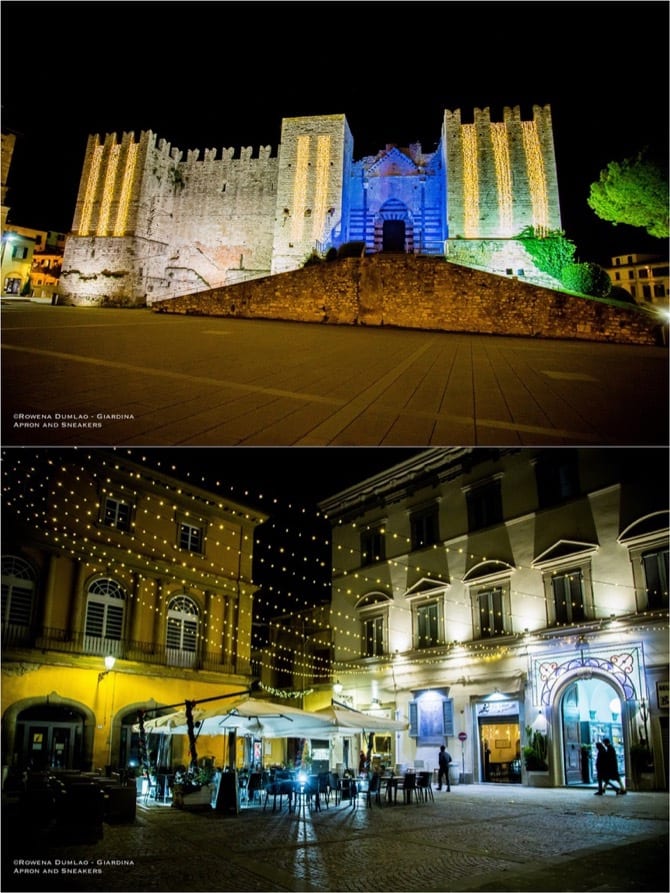
Pasticceria Peruzzi
Via Pistoiese 301, Prato | Tel: +39 0574 22240 | Email: peruzzipasticceria@virgilio.it |
In the mid-eighties, Pastry Chef Massimo Peruzzi and his brother, sons of Dino Peruzzi took over their family’s business of more than twenty years. From a small laboratory created at the garage of the house in 1960, it blossomed into a 700-square meter laboratory with an additional bar and pastry shop. The pastries, cakes and confectioneries of Pasticceria Peruzzi have reached both national and international acclaim for the high quality of the products and the usage of fine raw materials.
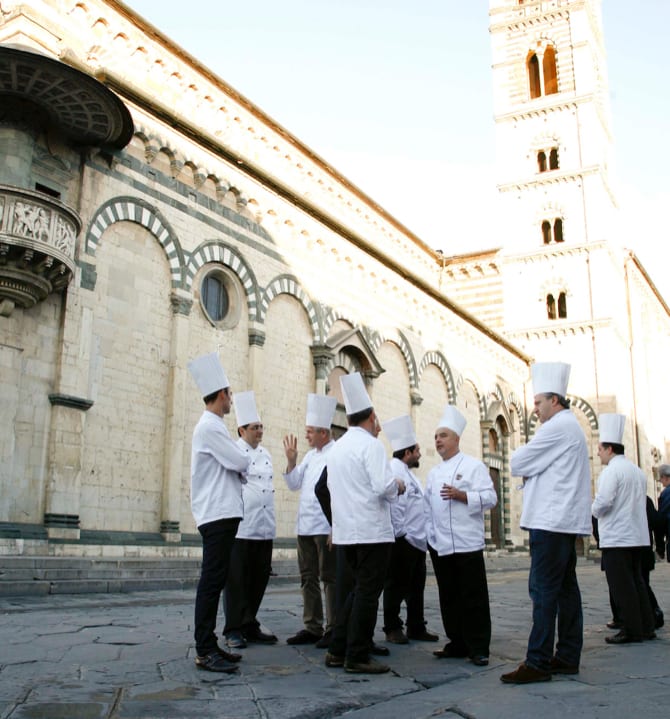
Pasticceria Nuovo Mondo
Via Giuseppe Garibaldi 23, Prato| Tel: +39 0574 27765| Website: http://pasticcerianuovomondo.com/ |
Pastry Chef Paolo Sacchetti, Vice President of the Accademia Maestri Pasticceri Italiani, opened his pastry shop in the center of Prato in 1989 which has been awarded “3 torte or cakes” by the Guida delle Pasticcerie d’Italia (Guide of Pastry Shops in Italy). He has always brought the Italian gastronomic tradition to the topmost importance with respect to the optimum quality of ingredients and taste, in line with the statutes of the Accademia Maestri Pasticceri Italiani. Alongside him, working in the laboratory of the pastry shop is his son, Andrea.
For Eat Prato Winter, Paolo Sacchetti created a pastry called Montagnaccio Gentile, a revisited and refined mono-portion version of the ghirighio or castagnaccio.
It is spherical which is dedicated to the Appenine landscape that surrounds Prato and white with silvery reflections to symbolize winter and topped with caramelized walnut. Inside, it is soft and brownish for the chestnut flour used, with raisins, pine nuts and extra virgin olive oil of Bacchereto.
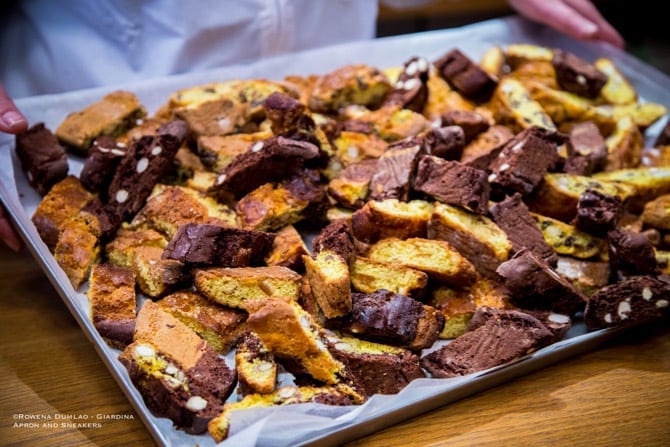
Forno Steno
Via G. Braga 180, Vaiano | Tel: +39 0574 946292 | Email: info@fornosteno.it | Website: www.fornosteno.it |
Forno Steno is a story of a family of four generations with a bread-making tradition that started in 1920. In the year 2000, Forno Steno moved to a much larger laboratory and switched their interests into biscuit making because of consumers’ demands and popularity both in Italy and abroad. They believe in innovation and experimenting to create new biscuits from that traditional recipes. In 2003, they won an award in New York Fancy Food for their Jamaica biscuit made with cocoa, chocolate and rum.

Glacier Cafè by Faccendi
Via dei Ciliani 94, Prato | Tel: +39 0574 465859 | Email: info@faccendi.com | Website: http://www.faccendi.com/ |
Francesco Faccendi grew up in a family who respected traditions and good tastes. From his childhood memories, the desire to start a career as a pastry chef and master chocolatier became a reality in 2012 when along with his partner, Carlotta Malinconi, they opened Faccendi Chocolate. Today, they have a vast line of chocolate creations alongside their pastries and cakes that can be enjoyed at Glacier Cafè.
One of Francesco’s delectable creations is the Chicco di Prato, a chocolate pastry based on the same ingredients of the cantucci (or biscotti di Prato) with vin santo.
With this pastry, you get to taste the popular Tuscan dessert in different consistencies which is a composition of biscotto di Prato praline, vin santo gelee, bavarese with vin santo and chocolate leaf.
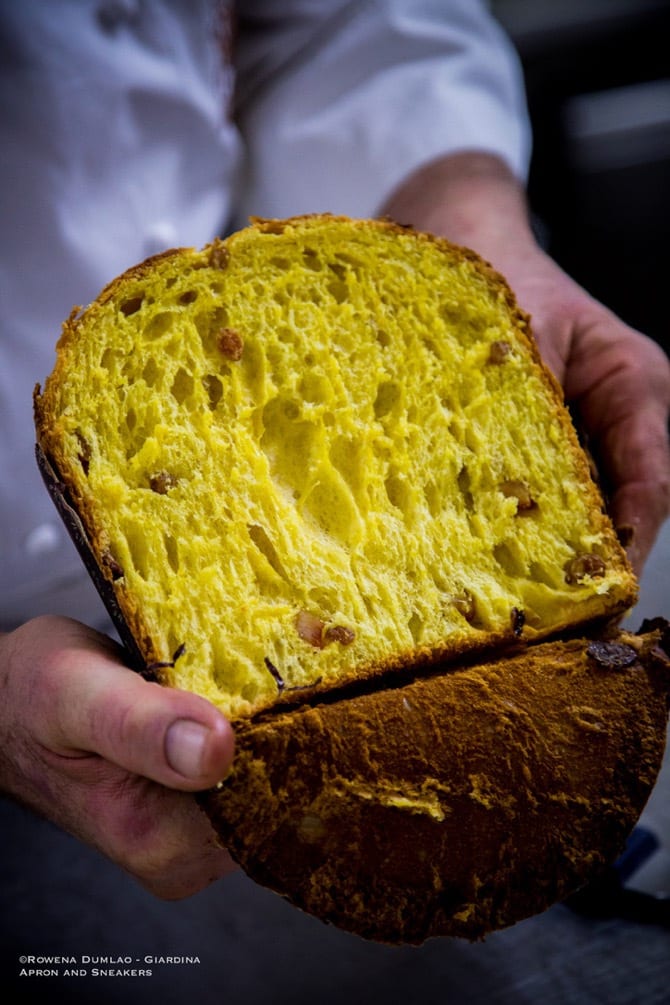
Panificio Il Duomo
Via Santo Stefano 16, Prato | Tel: +39 0574 34310 |
One of the oldest and best bakeries in Prato which is located in a small road next to the duomo, thus its name. A family-run bakery owned by Vito Caporaso and his wife Tiziana where their children, Lavinia and Gabriele work alongside them.
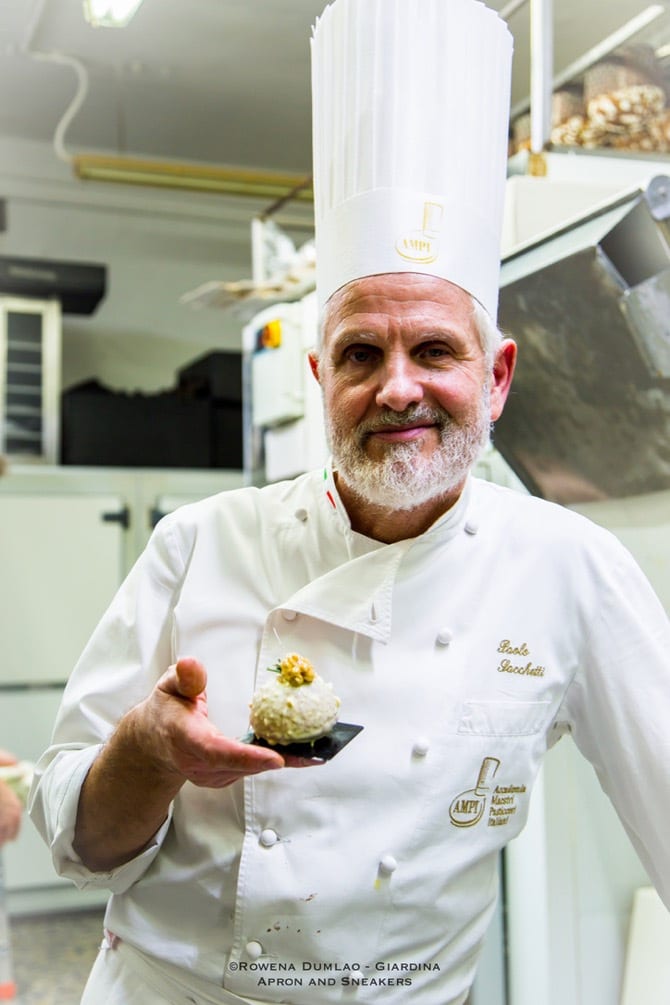
Molino Bardazzi
Via XX Settembre 24, Vaiano| Tel: +39 989115 | Email: molbardazzi@tin.it | Website: https://molinobardazzi.wordpress.com/ |
Marco Bardazzi, an expert in transforming the best grains to fine flours in Prato, currently heads his family’s historical business of four generations from 1919. With the use of natural stone, their wholemeal flour acquires an incomparable fragrance, maintaining the beneficial qualities given by the fibers and wheat germ. All the flours of Molino Bardazzi are free of additives. Molino Bardazzi produces flour following the disciplinary of the whole production chain of Gran Prato from the cultivation, the flour production and bread-making.
Gran Prato is a project born in 2011 in Prato that involves farmers, millers, bakers, and distributors to give value to the local economy and the excellence of its products.
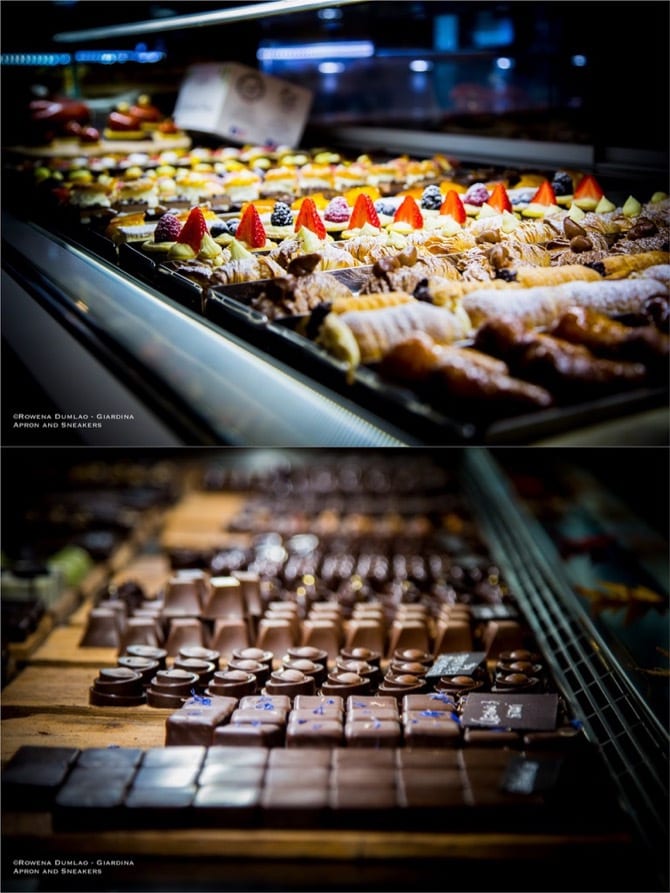
Macelleria e Salumificio di Mannori
Via Vergaio 18-20, Vergaio | Tel: +39 0574 811537 | Email: info@salumificiomannori.it | Website: http://www.salumificiomannori.it/
Siblings Domenico and Maria Teresa Mannori continued the salumeria and meat shop that their father started at a young age. Under their management, the business expanded as the demand for their meat and salumi became notably bigger because of the excellent quality of their products. One of their products is the Mortadella di Prato, a kind of wrapped and steamed salumi that’s made of lean pork meat containing spices and Alchermes, a kind of red Italian liqueur with spices, following the disciplinaries of Slow Food and DOP of Prato.
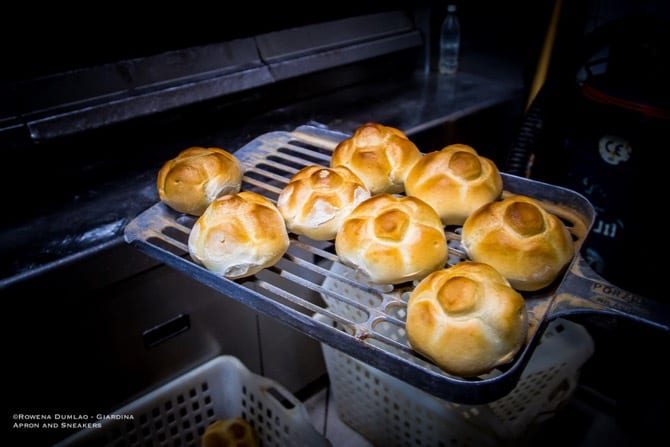
Fabrizio Pratesi Winery
Via Rizzelli 10, Seano, Carmignano| Tel: +39 055 8704108| Email: info@fabriziopratesi.it | Website: http://www.fabriziopratesi.it/ |
Fabrizio Pratesi is the result of a wine and oil making activity of the Pratesi family for five generations. The property in Lolocco in the heart of Carmignano where the vineyards and winery are located has been with them since 1875.
Carmignano is a wine region in Tuscany that has been noted for the quality of its wines since the Middle Ages.
Cosimo III de Medici, the Grand Duke of Tuscany granted special legal protection of the wine producing area in 1716 for the superior quality of the wines they produce. The most utilized blend of the Carmignano DOCG (given the denomination in 1990) is the predominance of Sangiovese mixed with Cabernet Sauvignon which Fabrizio Pratese produces. At the winery, it is also possible to book lunches and dinners for traditional dishes of Prato paired with their wines.
Ardengo Ristorante
Via dei Cimatori 6, Prato| Tel: +39 366 5318415 |
A bistrot at the center of Prato where the owners, Mirko Banacchioni and Lorenzo Filippini, both sommeliers, project a higher level of dining experience that links good wine and innovative food created by their chef Cristina Liguori. The wines, in magnum bottles (1.5 liters), are the protagonists of the meals and can be ordered by the glass using the Coravin system.

Ristorante Myo
Viale della Repubblica 277, Prato| Tel: +39 0574 1597312|
Ristorante Myo of Chef Angiolo Barni, modern in design, follows the concept of Centro Per l’Arte Contemporanea Luigi Pecci (Center for Contemporary Art Luigi Pecci) where it is located. Angiolo Barni is known in Prato for the excellent contemporary dishes at his family’s restaurant at the center of Prato, Enoteca Barni which opened in 1995 after their bakery evolved into a restaurant. At Myo, the food is greatly influenced by traditional flavors with innovative prints to be matched by well-chosen wine proposals.
Ristorante Baghino
Via dell’Accademia 9, Prato| Tel: +39 0574 27920|
One of Prato’s historical restaurants that showcases the excellent culinary tradition of Prato. It has been open for almost 150 years and has always belonged to the Pacetti family. It is now managed by sisters Silvia and Guia, daughters of Franco Pacetti and abiding by their family’s famous recipe traditions, serves one of the best Sedani Ripieni alla Pratese, stuffed celery with their own ragù made of duck and beef meat and cooked for four days.
Palazzo Pretorio
Piazza del Comune, Prato| Tel: +39 0574 1934996 or +39 0574 1837860 (weekends)| Email: museo.palazzopretorio@comune.prato.it |Website: http://www.palazzopretorio.prato.it/en/ |
Palazzo Pretorio has been dominating Prato’s Piazza del Comune for more than 800 years. The palace was originally built as a prison and seat of the municipal courts at the end of the 13th century. In the 18th century, the Grand Duchy of Tuscany moved in and made the palace the location of their administrative offices. In 1912, it housed the new museum of the city featuring the important artworks of artists like Bernardo Daddi, Giovanni da Milano, Donatello, Filippo Lippi, Filippino Lippi and Lorenzo Bartolini.
Eat Prato
Website: http://www.eatprato.it/it/
Email: info@pratoturismo.it
Tel: +39 0574 24112




